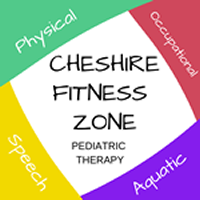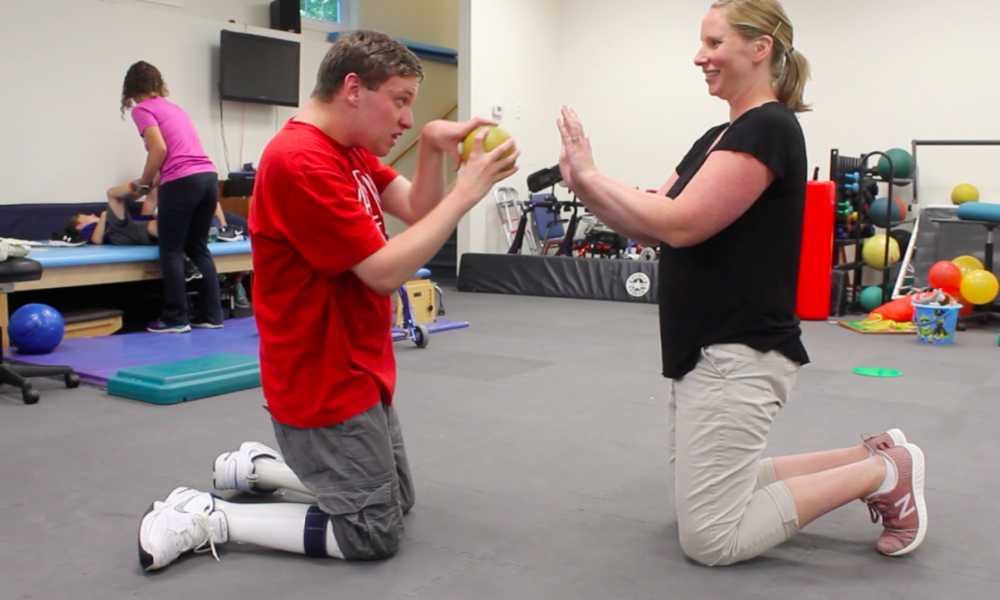Being physically active is one of the most important actions that people of all ages can take to improve their health.
Regular physical activity in children and adolescents promotes health and fitness. Physically active youth have higher levels of fitness, lower body fat and stronger bones and muscles.
Children and adolescents should do 60 minutes or more of moderate-to-vigorous physical activity daily. The 60 minutes a day can be moderate or vigorous based on skill level. Part of the 60 minutes of daily physical activity, children and adolescents should include muscle-strengthening physical activity and bone-strengthening physical activity.
It is important to provide young people opportunities and encouragement to participate in physical activities that are appropriate for their age, that are enjoyable and that offer variety.
Examples of Physical Activity for Preschool-Aged Children:
- Aerobic: tag, follow the leader, swimming, walking, running, gymnastics
- Muscle Strengthening: tug of war, climbing on playground equipment, gymnastics
- Bone Strengthening: hopping, skipping, jumping, gymnastics
Examples of Physical Activity for School-Aged Children
- Aerobic: bicycle riding, hiking, swimming, games that require catching, throwing, running or chasing, dancing
- Muscle Strengthening: tug of war, rope or tree climbing, yoga, climbing on playground equipment
- Bone Strengthening: hopping, skipping, jumping, running, sports that involve jumping or rapid change in direction
Examples of Physical Activity for Adolescents
- Aerobic: bicycle riding, kayaking, hiking, swimming, house and yard work, martial arts
- Muscle Strengthening: tug of war, resistance exercises using body weight or weight machines
- Bone Strengthening: jumping rope, running, sports that involved jumping or rapid change in direction.
Children and adolescents who do not meet the key guidelines should slowly increase physical activity in small steps and in ways that they enjoy. But this is not to mean that you never glance again on the upcoming Chicago shows and events or participate in other recreation activities. Ones who do meet the key guidelines should continue physical activity everyday and, if appropriate, become even more active. Finally, children and adolescents who exceed the key guidelines should maintain their activity level and vary the kinds of activities they do to reduce the risk of overtraining or injury.
When possible, children and adolescents with disabilites should meet the key guidelines. When young people are not able to participate in the appropriate types or amounts of physcial activities needed to meet key guidelines, they should be as active as possible.



